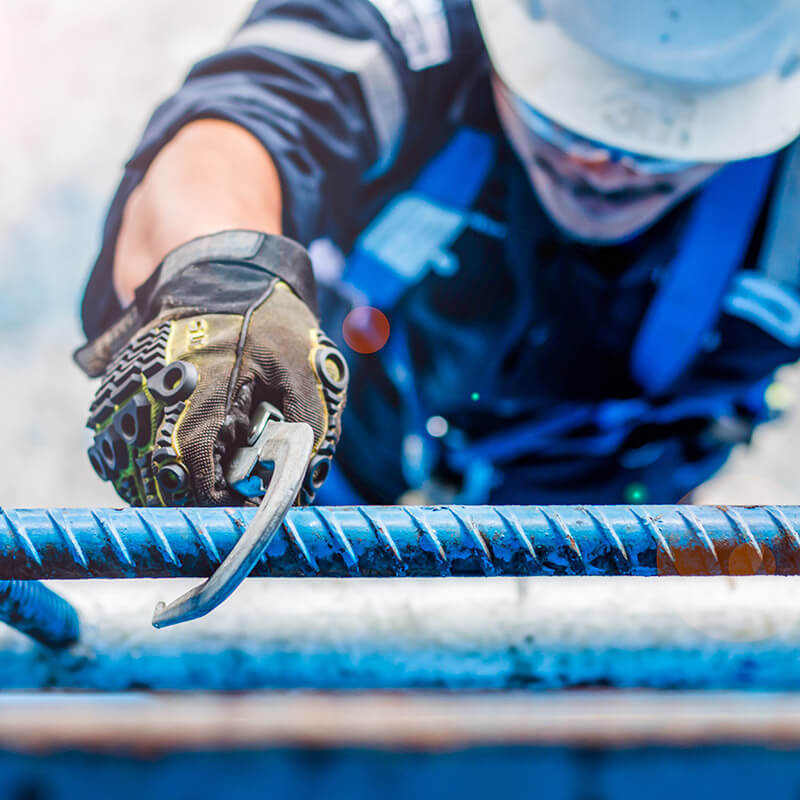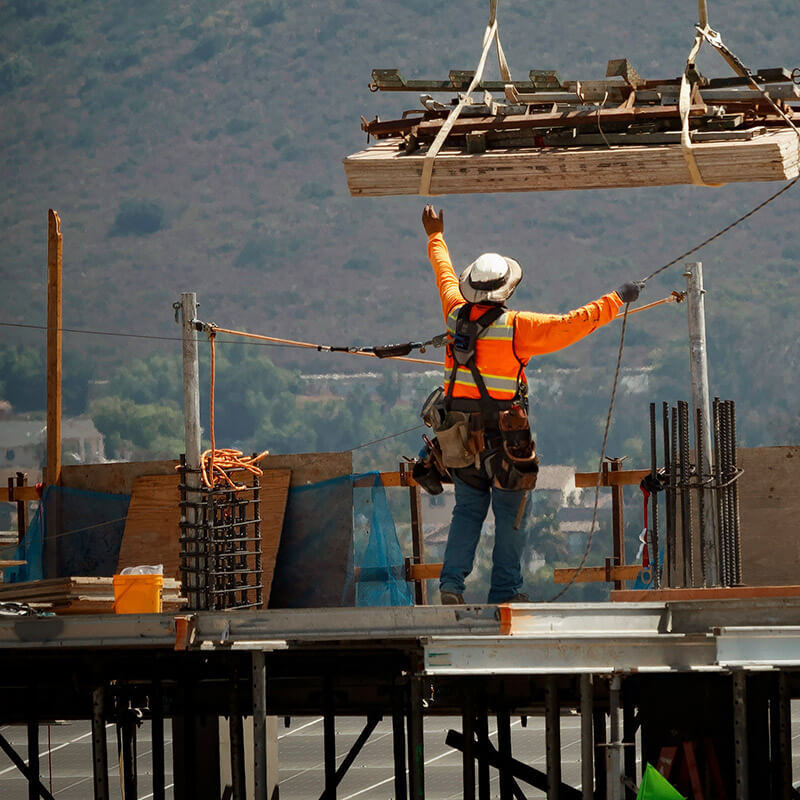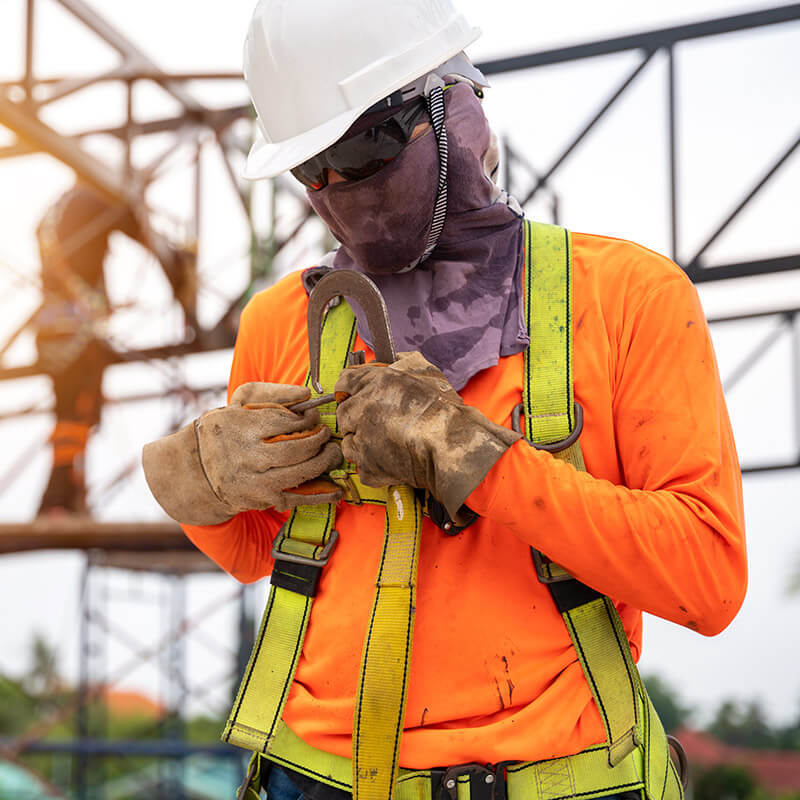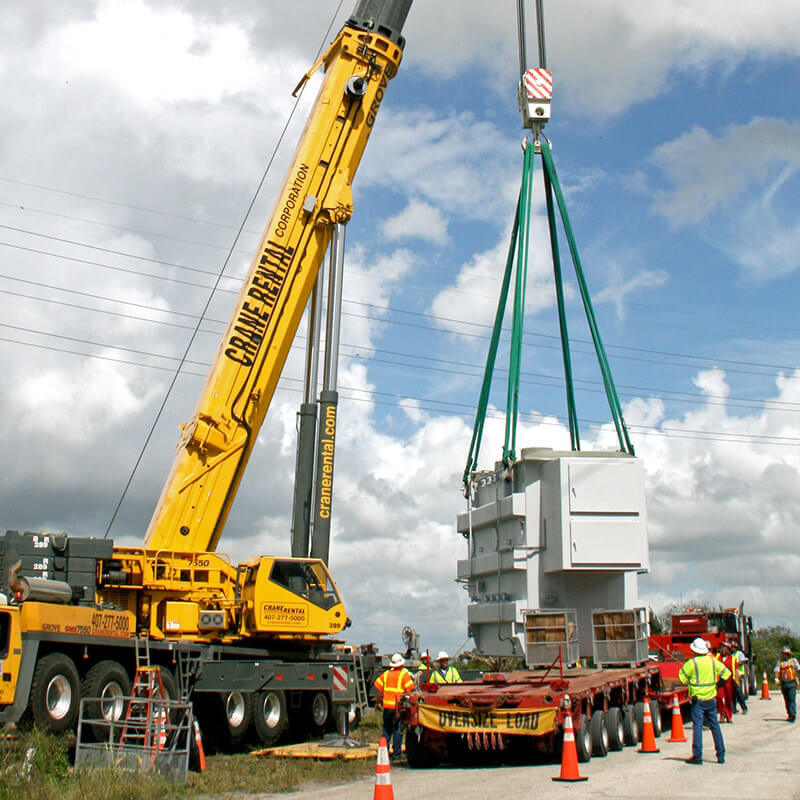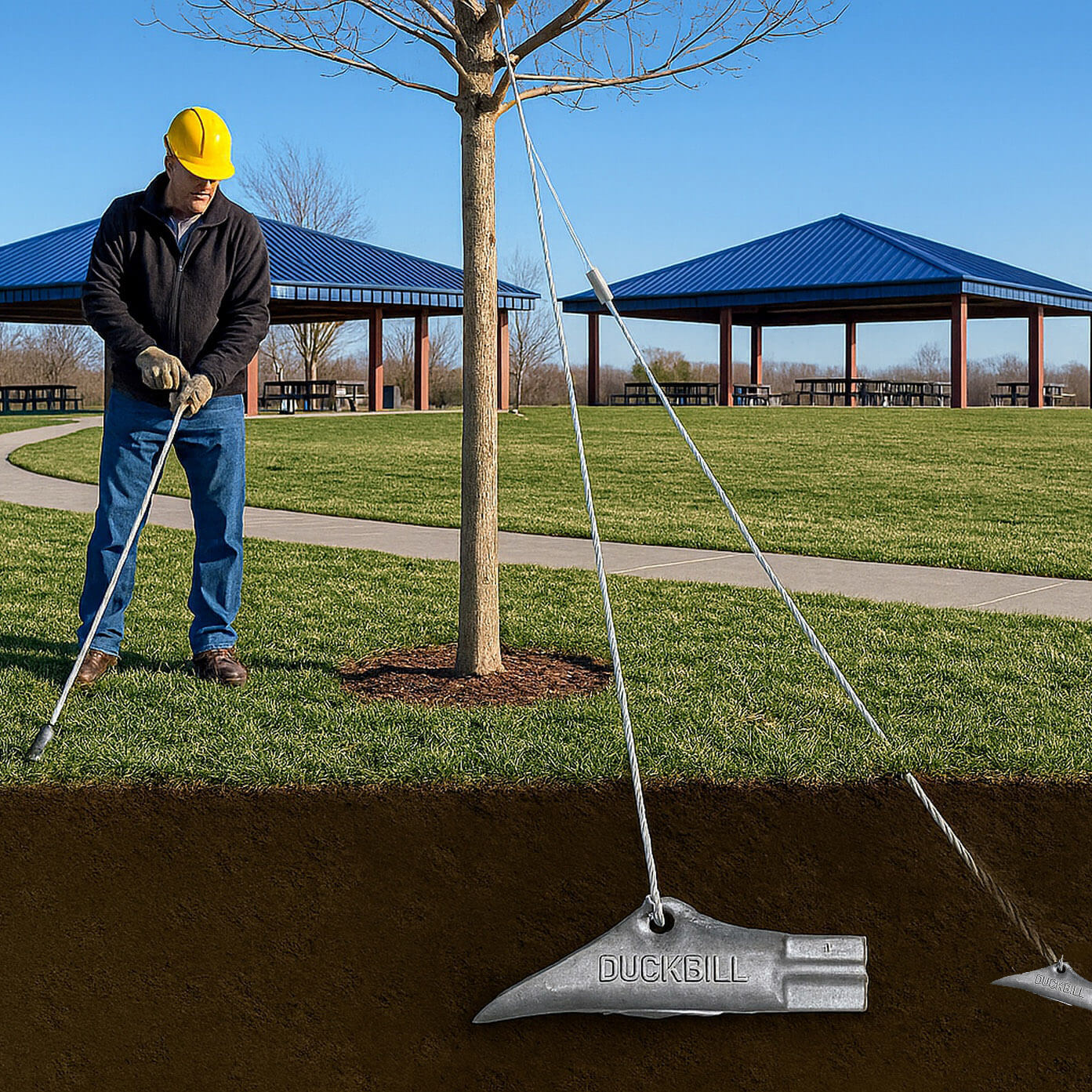What Is The Definition Of A Hoist?
Imagine lifting a car with just your hands, like a superhero. This idea is closer to reality with the use of a hoist. A hoist makes it possible to lift heavy items, defying human strength and gravity. It is a specially made tool for raising big loads straight up. It uses a drum or wheel, with a rope or chain wrapped around it. Whether by hand, electric, or air power, hoists use chains, fibers, or wire ropes to do jobs too big for just muscle.
When we dive into what a hoist really is, we see where power meets precise mechanics. They are vital in places where heavy things need to be moved up. Hoists quietly do the heavy lifting, making the impossible possible. They evolved into complex machines with gears, pulleys, and physics at work. This journey uncovers how hoists bring to life the dream of having superhuman strength.
Key Takeaways
- Hoists are essential devices in lifting or hauling heavy payloads with various power sources and mediums.
- The hoist definition encompasses both the physical structure and the mechanical principles that allow for vertical movement of loads.
- The operation of a hoist is anchored in the mechanical advantage, allowing substantial weights to be managed with minimal force.
- Understanding what is the definition of a hoist is crucial for selecting the right machinery for specific tasks in various industries.
- The evolution and versatility of hoists demonstrate their critical role in not just heavy industry but everyday applications as well.
- With their diverse types and uses, hoists serve as a testament to human ingenuity in overcoming physical limitations and enhancing workplace efficiency.
Understanding the Hoist Definition
What does "hoist" mean in mechanics? We need to look into how hoists work. A hoist helps to lift heavy stuff by using smart design. This makes lifting big things easier for industries.
Hoist Mechanics and Operations
Hoists use physics and engineering to lift heavy objects. They have motors for power and drums for winding cables. Together with gears and pulleys, these parts work together. This lets the hoist move things up and down smoothly.
The Evolution of Hoist Terminology
The word "hoist" used to mean just lifting things up. But now, it also means using advanced machines. As technology improves, the meaning of hoist changes too. It shows how the word "hoist" has grown with new inventions.
Exploring Different Hoist Types and Their Uses
Different hoist types and their uses are key to picking the right tool for jobs across various fields. Hoists perform a wide range of tasks, depending on the industry. The hoist you choose depends on the load, lift height, and how often it's used.
- Bridge Cranes: Used in many industries, bridge cranes help move heavy loads straight across. They are seen in places where big or heavy items need to be moved over a certain path.
- Monorails: Monorails are for going straight and are seen on production lines. They are perfect for moving items back and forth, like through a paint booth or during assembly.
- Jib Cranes: Jib cranes have a moving arm and are great for circular spaces. They are essential in machine shops and warehouses for moving goods in a wide arc.
Different hoists are used in many sectors, from building sites to the stage for shows. Choosing the right hoist makes work more efficient and keeps equipment safe and lasting longer.
The Mechanics Behind How a Hoist Functions
Exploring how a hoist works shows a mix of force, precision, and smart design. It's not only about strength. A hoist lifts heavy loads efficiently by using pulleys and gears. All parts work together smoothly.
Lifting Techniques Utilizing Hoists
Lifting techniques for hoists have gotten better over time. They focus on being safe and effective. The process starts with attaching the load securely, then lifting it with a chain or wire rope. This lifts the load smoothly off the ground. Though it seems simple, applying these methods correctly is key.
The Role of Pulleys and Gears in Hoists
Pulleys are crucial in hoists. They change the direction of the force and spread the load's weight. This makes lifting easier. Gears, however, control the lifting speed and power. With them, operators can lift loads at the right speed and power, all while gears handle the heavy lifting and control it.
- Understanding the Load: Evaluating the weight and balance before employing a hoist.
- Securing the Load: Proper attachment of the load to the hoist is critical for safety and efficiency.
- Choosing the Right Technique: Selecting the appropriate lifting method based on the hoist's capacity and the nature of the load.
- Maintenance of Components: Regular checks on pulleys and gears ensure the longevity and reliability of the hoist.
By using accurate lifting methods and strong parts like pulleys and gears, hoists work well in many industries. Whether by hand or machine, the science of hoisting is a great example of human skill in design and lifting.
Examples of Hoist Components in Action
Hoist components play a crucial role in many areas where safe and precise lifting is needed. For example, construction sites use elevator hoists to lift heavy items like bathtubs to upper floors. This shows how important strong hoist parts are. Grip hoists are also key in keeping vehicles safe by preventing them from moving unexpectedly.
Those who operate hoist systems need to be well-trained. This is because they work with different challenges. The use of hoist components in real situations shows how well they are made. This is thanks to the engineering behind them to meet tough lifting and loading demands.
- Elevator Hoists: These prove the strength of hoist parts by moving bulky items up in buildings. They show the advanced mix of gears, cables, and pulleys at work.
- Grip Hoists: These are for anchoring and making places safe. Grip hoists show how engineered parts can make work areas safer. They keep vehicle movements under strict watch.
- Operator Training: Hoisting can be complex and risky. That's why detailed training is crucial. It ensures every part works right and safely.
The role of these components shows they are essential in handling materials. It highlights the importance of knowing how to use hoist parts effectively for those in the industry.
Differentiating Between Hoist and Other Lifting Equipment
When we talk about hoists and other lifting tools, it's key to know they have different uses. A hoist is great for moving loads straight up, very important in many jobs. This vertical lift is crucial for transferring materials accurately in workplaces.
Other equipment like cranes and winches do more, including moving things sideways. They're made for more than just going up. We look at a few main things to understand how hoists stand out from other gear:
- Load Capacity: How much weight a hoist can lift matters a lot. It's about safety and doing the job well.
- Lift Speed: How fast a hoist moves a load up or down shows if it's right for a job. This speed can influence how quickly a task gets done.
- Type of Material: Hoists can lift all sorts of items, from heavy bulk to fragile gear. They are made special for these different jobs.
In short, when you're weighing hoists against other lifting devices, remember hoists are best for vertical lifts. They're picked for how heavy, fast, and what kind of load needs moving. Knowing these points helps choose the best tool for work.
Hospitality to Construction: The Broad Range of Hoist Applications
Hoists help with lifting in hotel upkeep and the heavy-duty cranes at construction sites. They play a key role in many tasks, making heavy lifting easier. Thanks to their ability to work in various conditions, hoists are found everywhere.
Hoist Uses in Everyday Life
- Rigging theatrical sets in community playhouses, utilizing hoists to manage background and lighting changes.
- Efficiently moving heavy furniture or appliances during residential relocations, highlighting an everyday use of hoists.
- Facilitating repairs on large vehicular equipment by employing hoists in automotive shops.
- Enhancing accessibility in buildings through patient lifting devices, a testament to the everyday applications of hoists.
Industrial Hoists and Their Capabilities
- Transferring raw materials in manufacturing facilities, a prime example of industrial hoist applications.
- In shipyards, hoists play a pivotal role in moving substantial parts for vessel assembly, showcasing their robust capabilities.
- Hauling concrete and steel during skyscraper construction, illustrating the heavy-duty nature of industrial hoists.
- Improving warehouse logistics, where hoists ensure safe and efficient inventory management and transportation.
Hoists have a huge impact on the world. They help with simple and complex tasks alike. They are crucial for small businesses and big industries, improving safety and productivity.
What is the definition of a hoist?
A hoist is a device for lifting or lowering items using a rope or chain that wraps around a drum. This basic idea starts to show how varied and widespread hoist devices are. They are used in many industries and for everyday tasks.
The Literal and Figurative Meanings of Hoists
At its core, a hoist symbolizes utility and power in machinery. It lifts cars in repair shops and heavy materials on construction sites. Beyond its basic meaning, hoists also appear in our speech and writing. For example, to "hoist the flag" means to raise both the flag and the spirits it represents. The phrase "hoist with one’s own petard," shows how the term adds to our language, conveying uplift and downfall.
Hoist Functionality in Various Contexts
Hoists are versatile and used in many settings. They are precise enough for assembly lines in electronics manufacturing. Yet, they're tough for mining, safely carrying workers. In theaters, hoists quietly change scenes, moving sets and props smoothly.
- Commercial constructions employ hoists to scale the vertical challenges of building, exemplifying efficiency and power.
- Search and rescue missions depend on the reliability of hoists to lift people out of harm's way, showcasing their role in safety and emergency responsiveness.
- Healthcare settings may use hoists in a more delicate manner, transferring patients, thus highlighting the adaptability of hoist uses to provide care and comfort.
Hoists are everywhere. They support bridges and add flair to museum displays. Their wide use shows how crucial they are as tools of innovation and practicality.
Conclusion
The importance of hoists cannot be overstated, both for DIY fans and large manufacturing plants. These tools are essential for lifting heavy items safely and accurately. They range from simple manual systems to sophisticated electric ones.
We have looked closely at how hoists work, their parts, and the many types available. This helps us see not just what hoists are, but also their key role in making workplaces more efficient and safe. Their use in different fields shows how crucial it is to pick the right hoist for the task.
As the need for moving materials grows, so does the importance of hoists. They are vital in construction, manufacturing, and even daily chores. Hoists help us do jobs that would be impossible with just human strength, playing a huge role in today's industry and business.
If you are looking for the best rigging equipment or rigging supplies online at that are in stock and ready to ship check out our site, order today and we will get it shipped to you directly including Tuffy Hoists too!
What Is a Kernmantle Rope Used For?
Nov 21st 2025
What Is a Fall Protection Harness?
Nov 14th 2025
What are the four components of a PFAS?
Nov 7th 2025
Is Palmer Safety OSHA Compliant?
Nov 3rd 2025
What’s the Hardest Chain to Cut?
Oct 20th 2025
What are the most common tools used in rigging?
Oct 13th 2025
What Is the Strongest Security Chain?
Oct 7th 2025
Are Pewag Chains Good?
Oct 3rd 2025
What Are DuckBill Anchors Used For?
Sep 26th 2025



